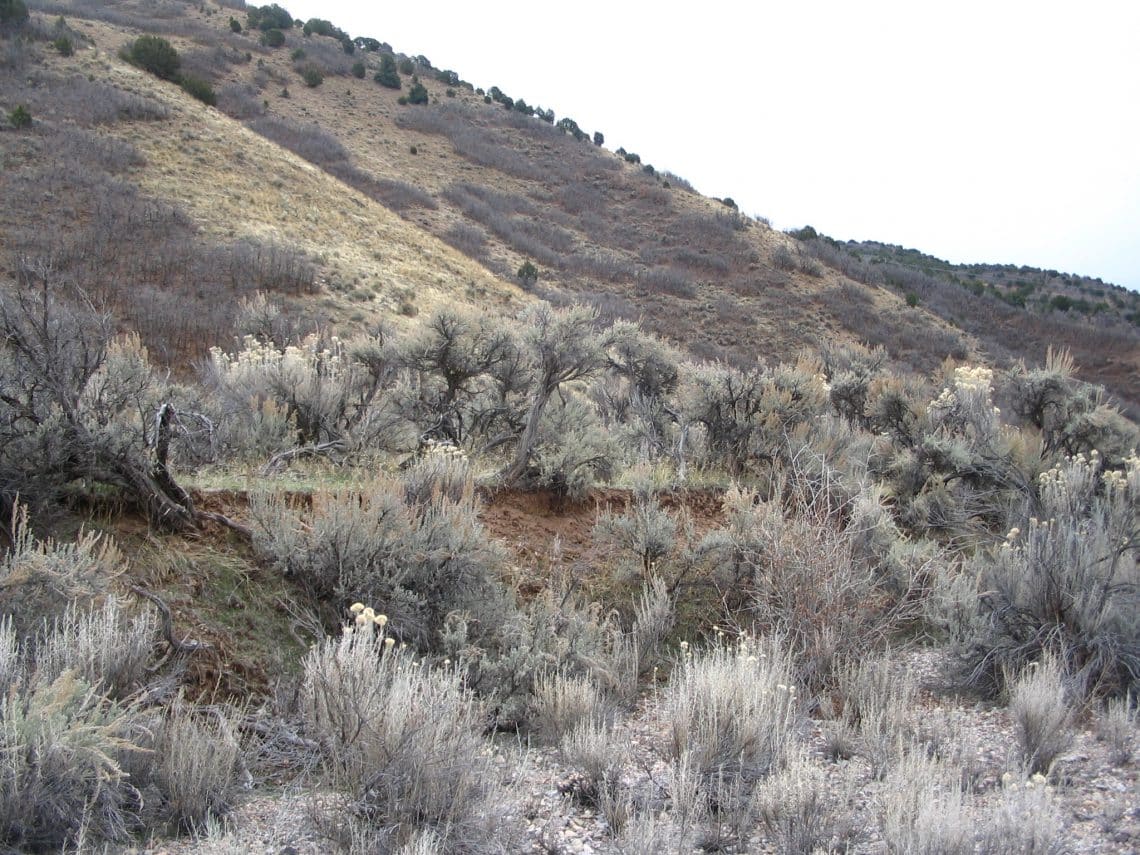Uniform seed certification standards maintain varietal purity.
In 1862, President Abraham Lincoln signed the Morrill Land Grant Acts, which gave 17.4 million acres of federal land to states to establish universities for agricultural and military studies. This investment in land grant universities led to a time of innovation and change in agriculture and for American farmers and the U.S. seed industry.
Beginning in 1887, Congress funded agricultural experiment stations to support various types of agricultural and veterinary research under the direction of land-grant universities. By the early 1900s, universities were supplying a steady stream of new varieties of important field crops with significantly higher yields compared to traditional varieties. Seed supplies of these new varieties were increased by foundation seed programs at each university and released to the public for production and sale to farmers.
“The universities recognized the importance of isolation and production processes to prevent outcrossing that would decrease the value of these new varieties” says Chet Boruff, AOSCA CEO. “However, everyone had their own system to maintain seed purity.” In 1919, representatives from 13 states and Canada met in Chicago to develop uniform seed certification standards to support the expanding domestic and international seed trade.
At that meeting, they organized the International Crop Improvement Association to administer their new standards. Many years later, the association’s name was changed to the Association of Official Seed Certifying Agencies (AOSCA). In 2019, AOSCA will hold its annual meeting in Chicago’s at the historic Drake Hotel to celebrate 100 years of operation.
AOSCA is a nonprofit corporation. It receives no government support. Its purpose is to maintain seed certification standards and represent those entities responsible for seed certification.
Certification Authority
The U.S Federal Seed Act (FSA) includes sections dealing with seed certification and specifies conditions an agency must meet or exceed to qualify as a seed certifying agency.
“The authority to certify seed in each state is vested in one entity, as determined by that state’s general assembly,” says Allen Ernest, Director, USDA Agricultural Marketing Service (AMS) Seed Regulatory and Testing Division (SRTD). About one-half of the states have given that authority to crop improvement associations. One-quarter of the states have given the authority to a department in land grant universities, and the remaining states vested the authority in a unit of state government, typically that state’s department of agriculture.
Through an agreement with the USDA AMS, AOSCA monitors its member agencies to ensure they continually meet the requirements of the FS. “If a seed certifying agency is found to be out of compliance with FSA, AOSCA works closely with USDA AMS to bring the agency back into compliance,” Ernest says.
Boruff says when the Federal Seed Act was being written in the 1930s, preexisting seed certification standards from the International Crop Improvement Association were incorporated into the legislation.
“I believe a similar process took place in the early 1950s when the Organization for Economic Cooperation and Development (OECD) seed schemes were being developed as part of the Marshall Plan,” says Boruff. “It is no coincidence that OECD standards are similar to the AOSCA standards. Through this common history, AOSCA continues to have a close association with the Federal Seed Act and international seed certification agencies.”
Global Membership
AOSCA’s membership is comprised of seed certification agencies in 44 states and seven other countries. Although each vested organization may operate under a different organizational model, they all use the same seed standards that come from one umbrella organization, AOSCA. For member agencies outside the United States, their country’s federal government is usually the vested member, with some regional exceptions.
“Even the color of the blue tags that are used by seed certifying agencies is universal,” says Boruff. “Those tags verify that the seed in the bag or container has been produced according to AOSCA standards, with oversight by one of its member agencies” Seed certification in the United States is a voluntary program. In most other nations and the EU, seed certification is a mandatory requirement. In the U.S., the owner of a variety can make a determination whether or not a variety will be sold as a class of certified seed













